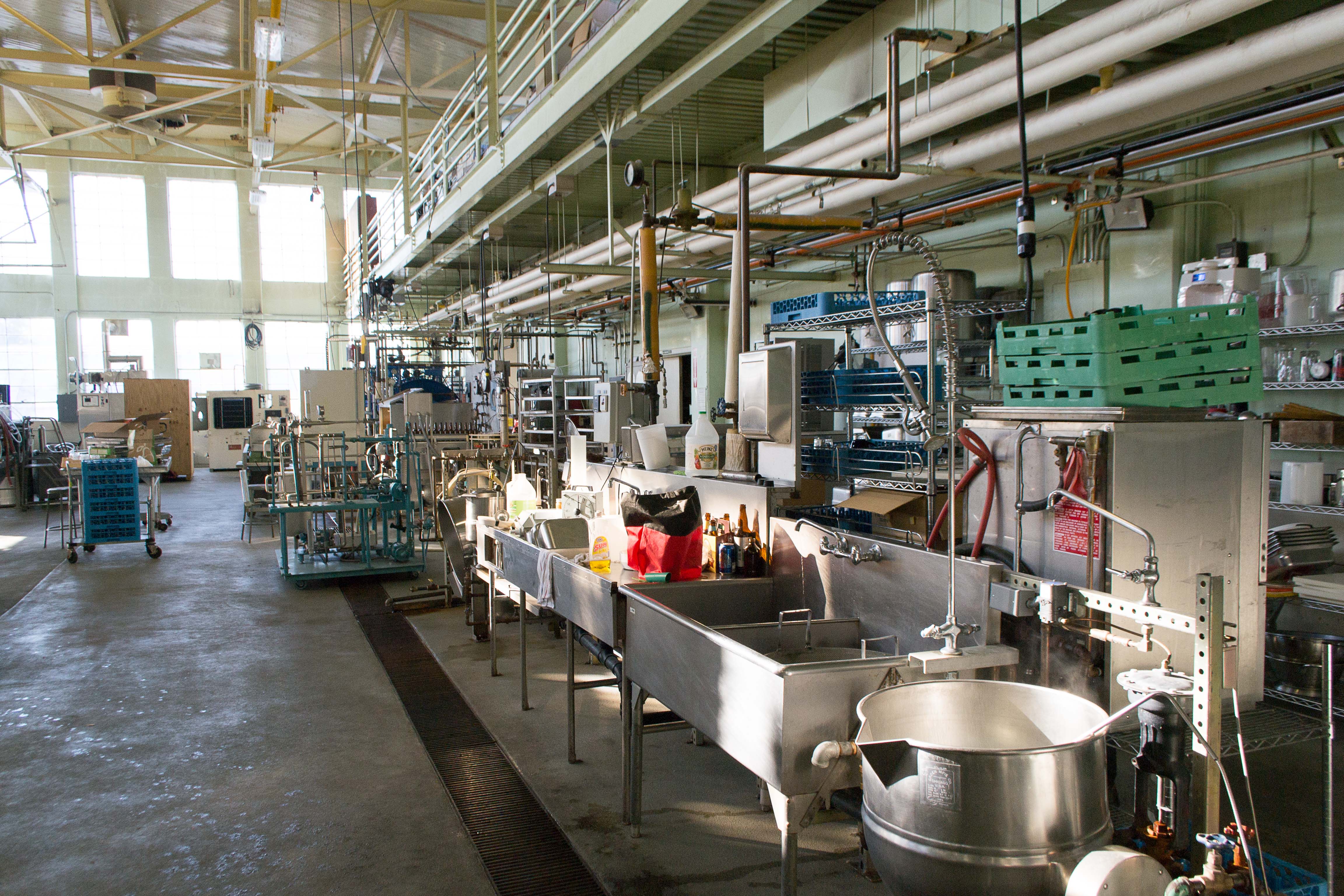
Photo from academic.microsoft.com
The autoxidation of lipids in complex systems such as emulsions or biological membranes, although known to occur readily and to be associated with important pathological events, is lacking in quantitative… Click to show full abstract
The autoxidation of lipids in complex systems such as emulsions or biological membranes, although known to occur readily and to be associated with important pathological events, is lacking in quantitative data in spite of the huge efforts that have been made in attempting to unravel the complex mechanisms of lipid oxidation and its inhibition by antioxidants. Lipids are present as oil-in-water emulsions in many foods and pharmaceutical formulations, and the prevalent role of the interfacial region is critical to understand the antioxidant behavior and to correctly interpret antioxidant efficiencies. The aim of this review is to summarize the current knowledge on the chemical fate of antioxidants before they react with peroxyl radicals. Many researchers highlighted the predominant role of interfaces, and although some attempts have been made to understand their role, in most instances, they were essentially qualitative and based on putative hypotheses. It is only recently that quantitative reports have been published. Indeed, knowledge on the effects of relevant experimental variables on the effective concentrations of antioxidants is necessary for a successful design of alternate, effective antioxidative solutions.
Journal Title: Foods
Year Published: 2021
Link to full text (if available)
Share on Social Media: Sign Up to like & get
recommendations!